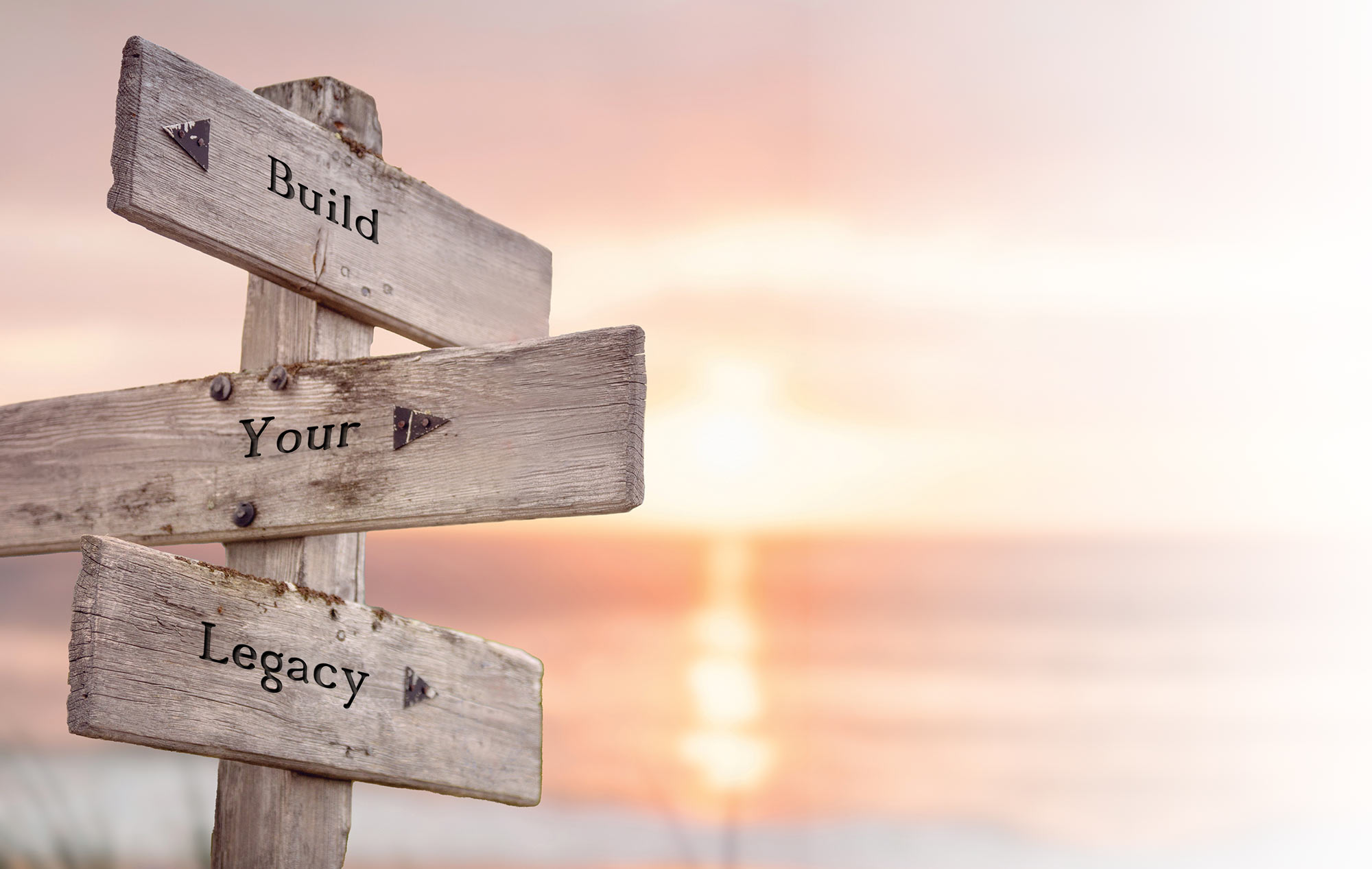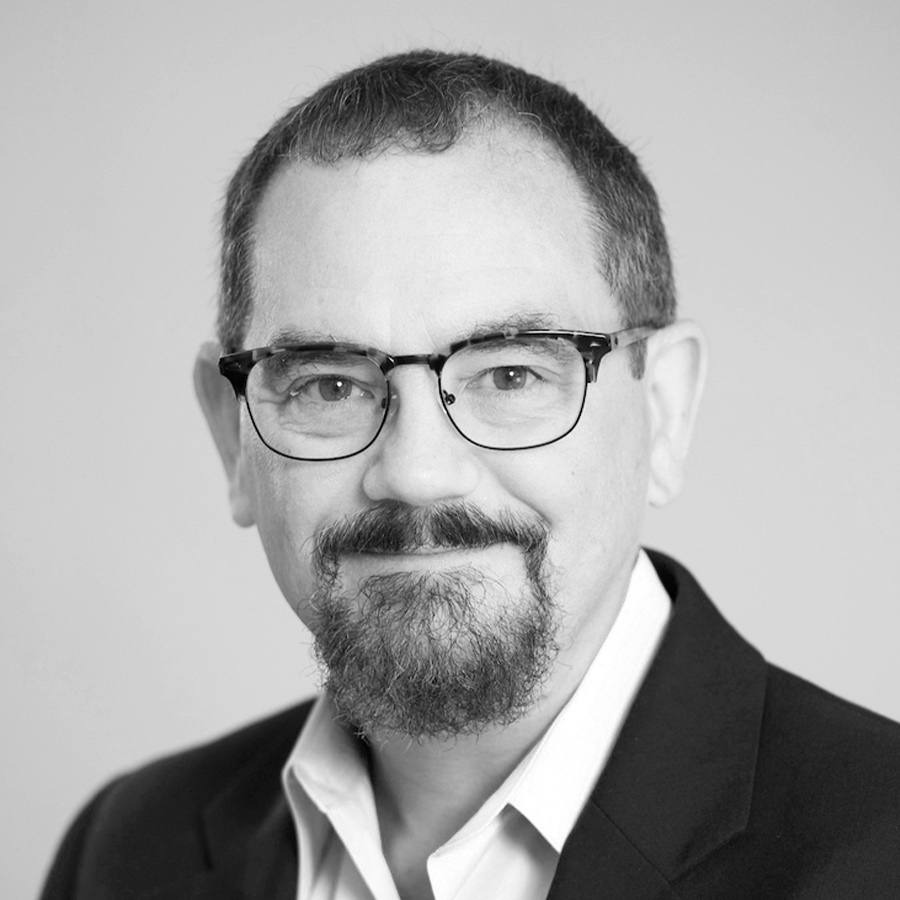hat was the fourth classmate to pass away this year. Two from heart attacks, one from throat cancer, and another from complications of diabetes. There is nothing like the proximity of death to focus the mind. I had my own challenge fighting colon cancer more than 20 years ago, but at the time I was way too young to think it was my time. I just could not see it.
I’ve lost family members during the intervening years and somehow their deaths seemed different than my classmates. It was a different kind of loss. There is something about all of these deaths happening in the same year, about them being peers, that makes it feel different. It has really made me think.

hat was the fourth classmate to pass away this year. Two from heart attacks, one from throat cancer, and another from complications of diabetes. There is nothing like the proximity of death to focus the mind. I had my own challenge fighting colon cancer more than 20 years ago, but at the time I was way too young to think it was my time. I just could not see it.
I’ve lost family members during the intervening years and somehow their deaths seemed different than my classmates. It was a different kind of loss. There is something about all of these deaths happening in the same year, about them being peers, that makes it feel different. It has really made me think.
In every personal and professional life, there comes a time when you recognize that the number of years ahead of you are less than the years behind you. Having reached that point, I’ll tell you my current working model on immortality.
Most of us want to live forever. We don’t want to miss out on this never-ending cycle of life, to remain relevant and to be a part of what is going on. So people try to achieve immortality in a number of ways. Examples include creating mammoth companies, donating money for buildings that will be named after them, and naming as many of their kids after them that they can. (I’m looking at you, George Foreman). I will never be that person. I’ll never have the capital or time to use any of those three tactics. But, do any of these methods really work anyway?
I believe I have a better chance at immortality by finding and supporting others who also are passionate about creating the innovation economy and by acting as a mentor, advisor, and friend. I can take an active role in helping them move forward in their careers so that they will be successful and want to stay in this important field. I can impart to them the importance of giving back to our community, to build upon what has been started so that they too think about and then act on the opportunity to find, support, and develop the next generation of innovation ecosystem developers. It’s important to impart the importance of servant leadership in their work and in their actions.
If I’m successful in supporting others in this way, if they take to heart the importance of what we’re doing and they are successful in paying it forward, then over multiple generations people will be living in a society that is much more advanced than our current world. It will be a world where there are more and better climate solutions, energy systems, medicines, biomedical technologies, public health services, electronic devices, transportation systems, and much, much more.
It means access to shared resources, which include space, equipment, mentorship, and talent. It means so many things because it truly takes a village. Overnight successes take 10 to 20 years to achieve. Ten to 20 years is why there has to be a long-term sustained effort of support, and that is the hardest part. Most of us can be excited to be a part of something when it’s new, interesting, and different. It’s harder to stay engaged after a few years go by and things start feeling more routine. That is when support from peers, mentors, and partners becomes the most important. These innovators and startup founders need to have someone let them know of the importance of what they are doing, let them know of the lives that will be changed and the impact on society that will be achieved.
If I can be successful by being a spark to encourage others to engage in this process, to be a part of the ecosystem and strengthen the innovation economy’s support system now and over the long-term, perhaps then I will gain immortality. It just may not be immortality as typically defined.
